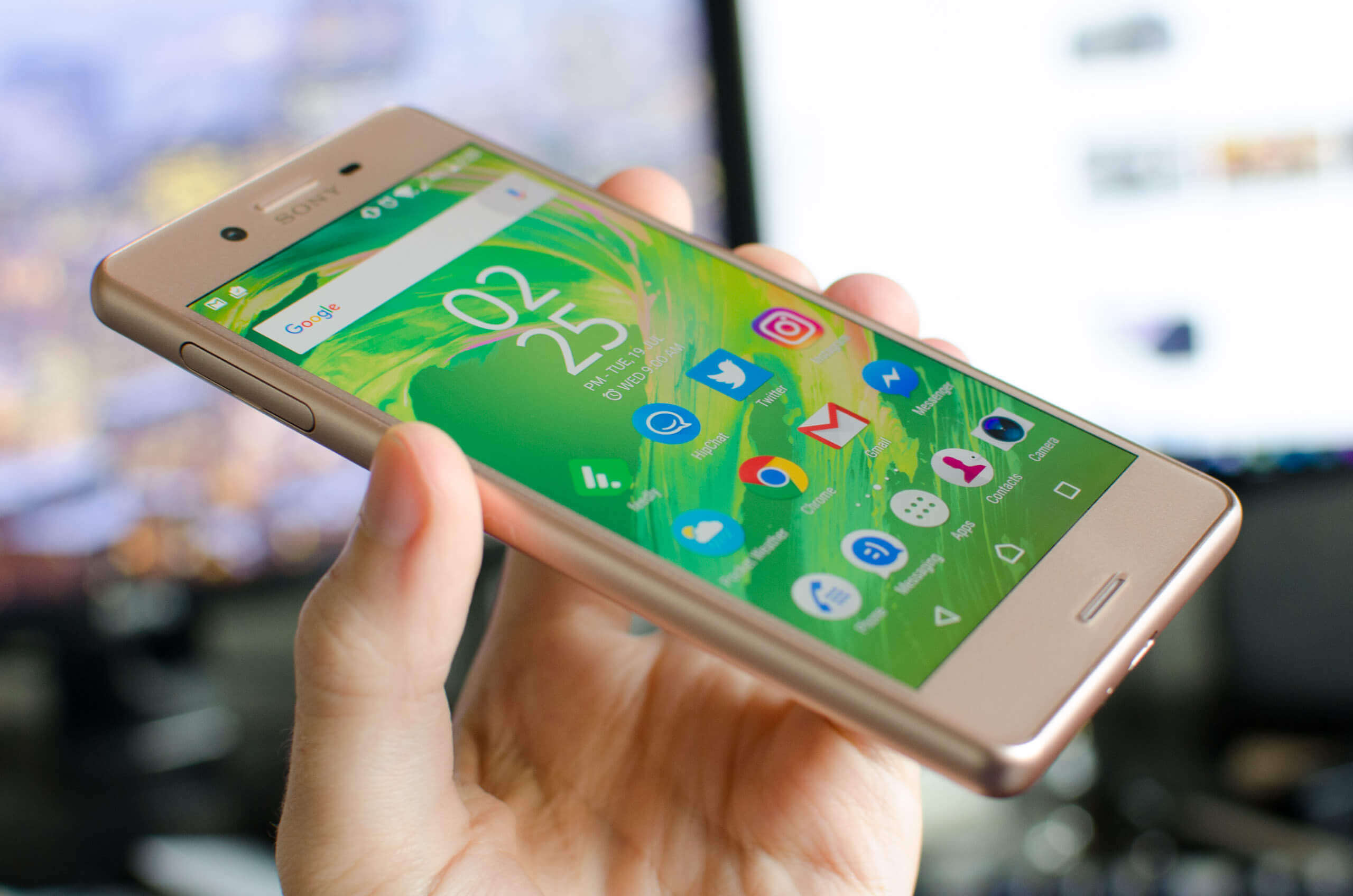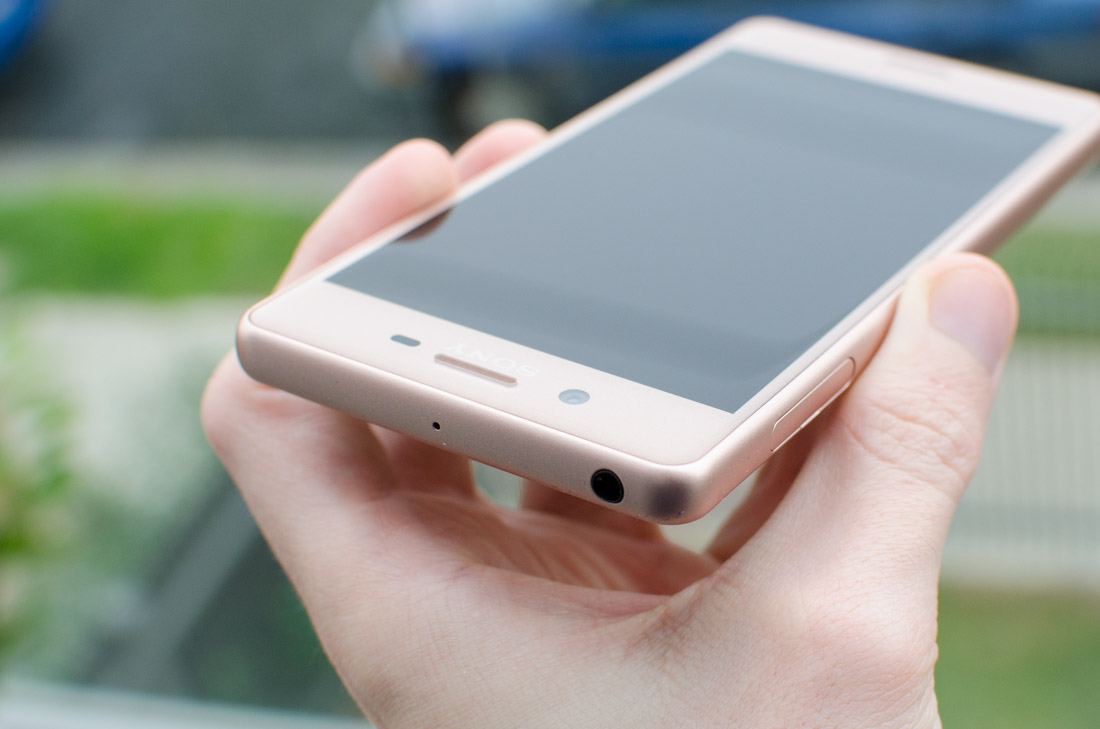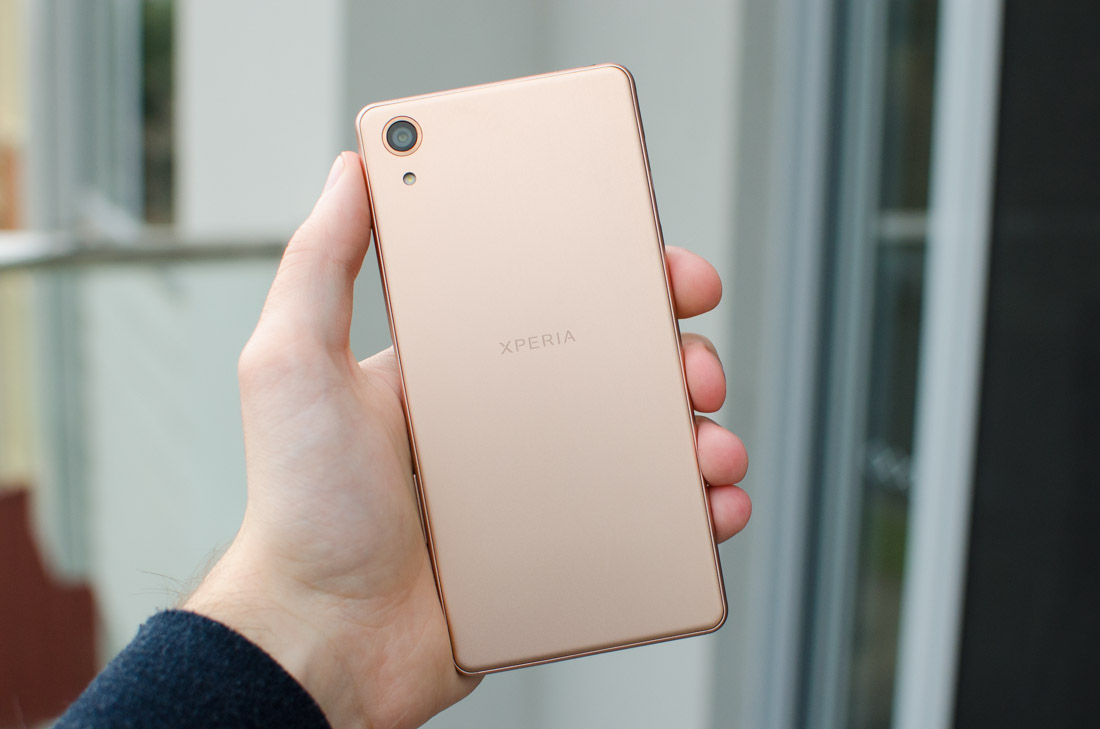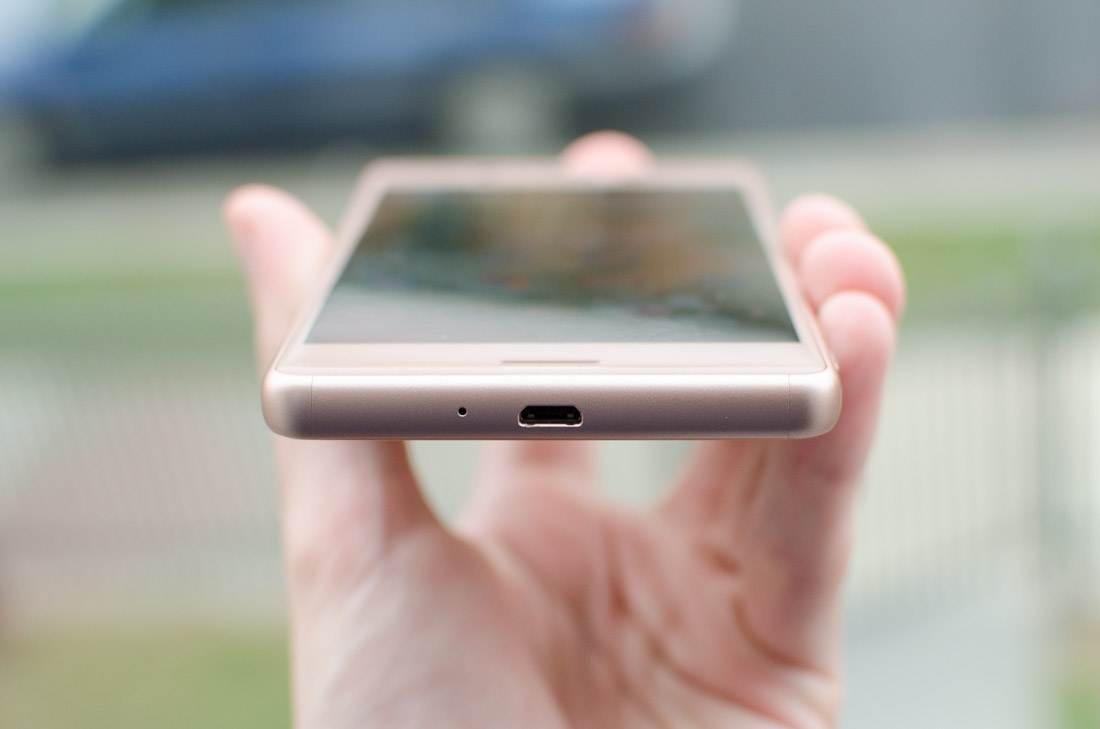It's no secret that Sony's smartphone business is struggling. Competition has become fierce over the last couple of years, with continued innovation and lower prices causing trouble for market incumbents. Rather than doubling down on their flagship products, like HTC did with their excellent HTC 10, Sony seems happy to trundle along with minor iterations year after year.
The new Xperia X series may not carry the same name as its predecessor, the Xperia Z, but there's no mistaking these products for a revolutionary change. I've been testing the the top-end Xperia X Performance for a few weeks now and I've found it to be remarkably similar to the Xperia Z5 that preceded it. Considering the Z5 was the sixth derivation of the 3-year-old Xperia Z, it's easy to feel this design is getting stale.
The similarities between the Xperia X Performance and the Xperia Z1 in particular are striking. Released in 2013, the Xperia Z1 came with a 5.0-inch 1080p display; in 2016 we're still seeing a 5.0-inch 1080p display on the X Performance. Both phones are water resistant. Both phones have cameras with more than 20 megapixels, and both have dedicated shutter buttons.
So what has Sony managed to achieve in three years? Well, the Xperia X Performance ditches the Snapdragon 800 SoC for the modern Snapdragon 820, bringing along better connectivity, more storage, and more RAM. The front camera is up to 13 megapixels now, while Sony claims the rear camera is their fastest ever. Unbelievably, we're getting a smaller battery in a phone just as thick. Plus we're getting some new software features, too.
When I first picked up the Xperia X Performance at MWC 2016, and then again for this review, I couldn't help but feel that the design is bland. I've seen this exact sort of smartphone style from Sony more than three years ago, and it seems that as competitors have got slimmer and sexier, Sony's designers have gone backwards.
There are very few aspects to the Xperia X Performance that are visually more appealing than my favorite Sony smartphone design: the Xperia Z3. Since that phone's release in 2014, Sony's flagship device has gained a millimeter of thickness, lost the comfortable and stylish curved edges, and swapped premium materials for plastic in some areas.
On Sony's product page, the company is quick to highlight the sleek metal back panel, which I will admit looks great thanks to a subtle brushed finish and minimal distractions, but the plastic edges let this handset down; they look cheap and don't carry the same textural pleasure. Sony has tried to color these edges to look the same as the rear panel, but it hasn't worked: the visible seam that joins the back panel to the sides is unsightly, and the difference in luster between metal and plastic is obvious.
Placed next to the similar Huawei P9, it's clear what Sony should have done in designing the Xperia X Performance. The P9's metal unibody looks and feels fantastic, as the premium materials curve seamlessly around the edges. The Xperia X Performance's transition from metal to plastic looks ugly in comparison, and gives the impression that Sony's creation is the cheaper device.
It's not.
The metal back does have its advantages. There are no antenna lines which are usually necessary on a unibody design and can detract from the style. The Xperia X Performance is also easier to grip than its Xperia Z series predecessors, which used fragile glass backs that were prone to cracks, as well as being slippery fingerprint magnets.
The front panel is constructed from a slab of glass protecting the display, which subtly curves into the edges, creating a swooshable feel. The bezels are average in size for a 5.0-inch smartphone, and are colored to match the edges and back panel. I'm not a fan of this single-tone design - it looks a bit boring - and the rose gold model I received to review is not something I'd normally choose to buy. That said, the X Performance is also available in white, black and "lime gold."
The Xperia X Performance is one of the very few remaining flagships to pack dual front-facing speakers, which provide a stereo experience when watching video and playing games. I love stereo speakers on the front of smartphones, and it's sad to see companies like HTC move away from this. The quality of the X Performance's speakers isn't particularly great, but their volume is decent and I don't expect amazing sound from such small drivers.
Along the bottom edge of the Xperia X Performance is a micro-USB port, which is disappointing considering most high-end devices have transitioned to the more versatile USB-C port. Samsung is the other outlier here, as they have their Gear VR system which still uses micro-USB. Sony doesn't have anything like that, so I'm puzzled as to why they didn't update their charging and data port to the modern standard.
The top edge features a 3.5mm headphone jack, while the left edge has a tray for either two nano-SIMs, or a nano-SIM and microSD card slot. I appreciate seeing dual-SIM functionality here, as it isn't often found on high-end smartphones.
On the right edge is the fingerprint sensor, which doubles as the power button. I was critical of the Xperia Z5's fingerprint sensor in this location as it didn't seem to work very well, but these issues have been resolved on the Xperia X Performance.
This sensor is ludicrously fast to operate, much more accurate than its previous implementation, and the positioning is just about perfect. My only concern is that the tactile feedback from the button isn't great, and it might've made the phone thicker than necessary.
Below the fingerprint sensor is the volume rocker, which is in an awkward position due to its low position on the right-hand edge. A more comfortable location here would be above the fingerprint sensor, and there would be less chance of accidental presses as well. Below the volume rocker is the dedicated two-stage camera button.
The Xperia X Performance is water resistant, carrying an IP65 and IP68 rating that allows immersion in fresh water up to 1.5m for up to 30 minutes. It's also dust tight and resistant to low pressure water jets. It's always handy to have a water resistant phone for the times it accidentally gets dropped in the toilet or splashed with coffee, but under no circumstances should the X Performance be taken into salt water.
As far as usability is concerned, the Xperia X Performance's 5.0-inch display makes this smartphone easy to use with one hand. At 8.7mm thick it's a chunkier than I would have liked to see, especially as the phone doesn't pack in a large battery, though it remains more portable than handsets with larger displays.







